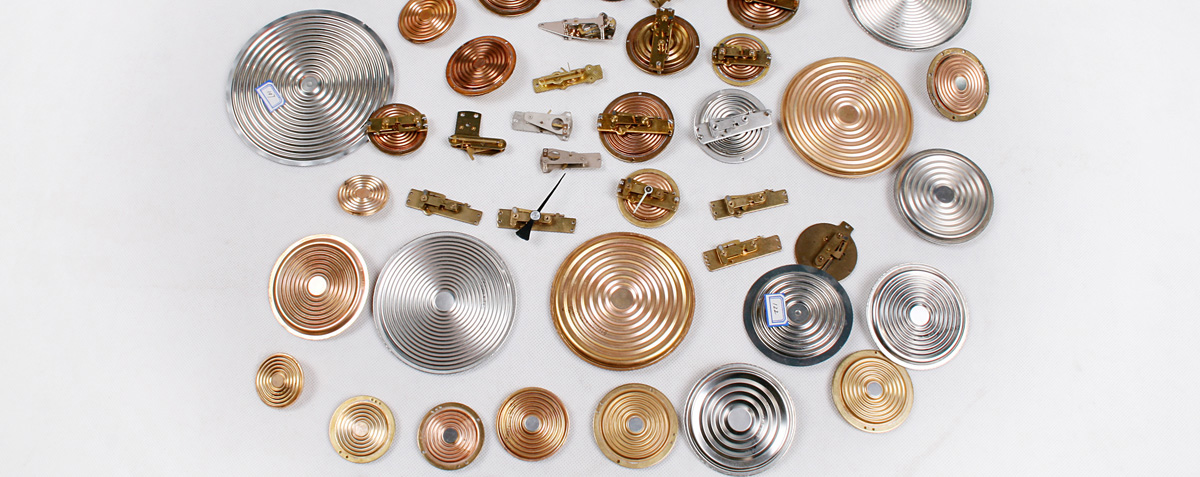
Dec . 11, 2024 17:53 Back to list
Essential Components of Digital Pressure Gauges for Accurate Measurement
Understanding Digital Pressure Gauge Components
Digital pressure gauges are essential instruments used across various industries for accurately measuring the pressure of gases and liquids. With advancements in technology, these gauges have evolved, incorporating various components that enhance their functionality, durability, and ease of use. This article explores the key components of digital pressure gauges, detailing their importance and how they work together to provide precise pressure measurements.
1. Pressure Sensor
At the core of any digital pressure gauge is the pressure sensor. This component is responsible for detecting the pressure of the fluid or gas being measured. Common types of pressure sensors include piezoresistive, capacitive, and strain gauge sensors. Each type operates based on different principles; for instance, piezoresistive sensors change their resistance in response to applied pressure, while capacitive sensors measure pressure by detecting changes in capacitance. The choice of sensor often depends on the application’s specific requirements, such as accuracy, range, and environment.
2. Microcontroller
Once the pressure sensor captures the data, the signal is sent to the microcontroller. This component acts as the brain of the digital pressure gauge. It processes the incoming analog signals from the pressure sensor, converting them into a digital format that can be displayed. The microcontroller also manages other functionalities, such as calibrating the readings, controlling display settings, and running diagnostic checks on the device to ensure accuracy over time.
3. Display Unit
Digital pressure gauges feature a display unit, typically an LCD or LED screen, that shows the pressure readings in an easy-to-read format. The display unit not only presents the current pressure but often includes additional features such as units of measurement (psi, bar, Pa, etc.), peak hold, and data logging options. Many modern displays are backlit, making them usable in low-light conditions. User-friendly interfaces are essential for efficient operation, allowing users to quickly interpret data and make informed decisions based on the readings.
digital pressure gauge components product

4. Power Supply
A stable power supply is crucial for the operation of digital pressure gauges. These devices can be powered by batteries or connected to a mains supply, depending on the design and intended application. Battery-powered gauges offer portability, allowing users to take measurements in various locations without being tethered to a power source. On the other hand, mains-powered gauges might be preferred in stationary applications where continuous monitoring is required.
The housing of a digital pressure gauge is an often-overlooked component that plays a vital role in the durability and reliability of the instrument. An effective housing protects internal components from environmental factors, such as dust, moisture, and physical impacts. Many digital gauges possess IP ratings, indicating their resistance to water and dust ingress. For applications in harsh environments, rugged and corrosion-resistant materials are essential to ensure longevity and maintain accuracy over time.
6. Calibration and Adjustments
Calibration is a critical component of maintaining the accuracy of digital pressure gauges. Regular calibration ensures that the readings stay within specified tolerances and comply with industry standards. Some digital gauges offer self-calibration options, allowing users to adjust the readings based on known pressure references. This feature is particularly beneficial in field applications where access to calibration tools may be limited.
Conclusion
Digital pressure gauges consist of several integral components that work together to provide accurate and reliable pressure measurements. With advancements in technology, these gauges offer enhanced features that make them indispensable tools in industries ranging from manufacturing to healthcare. Understanding the components, such as the pressure sensor, microcontroller, display unit, power supply, housing, and calibration systems, allows users to appreciate the complexity and functionality of these essential measuring instruments. As technology continues to advance, we can expect further innovations in digital pressure gauge design, making them even more efficient and user-friendly.
-
High-Precision 5 Valve Manifold Differential Pressure Gauge Suppliers
NewsApr.29,2025
-
High-Precision Diaphragm Vacuum Pressure Gauges Manufacturers & Quotes
NewsApr.29,2025
-
Omega Differential Pressure Gauges High Accuracy & Durability
NewsApr.28,2025
-
Low Pressure Differential Pressure Gauges Precision Solutions & Quotes
NewsApr.28,2025
-
Digital Diaphragm Pressure Gaauge Precision Measurement & OEM Quotes
NewsApr.28,2025
-
Differential Pressure Gauge China Price High-Accuracy & Best Quotes
NewsApr.28,2025
